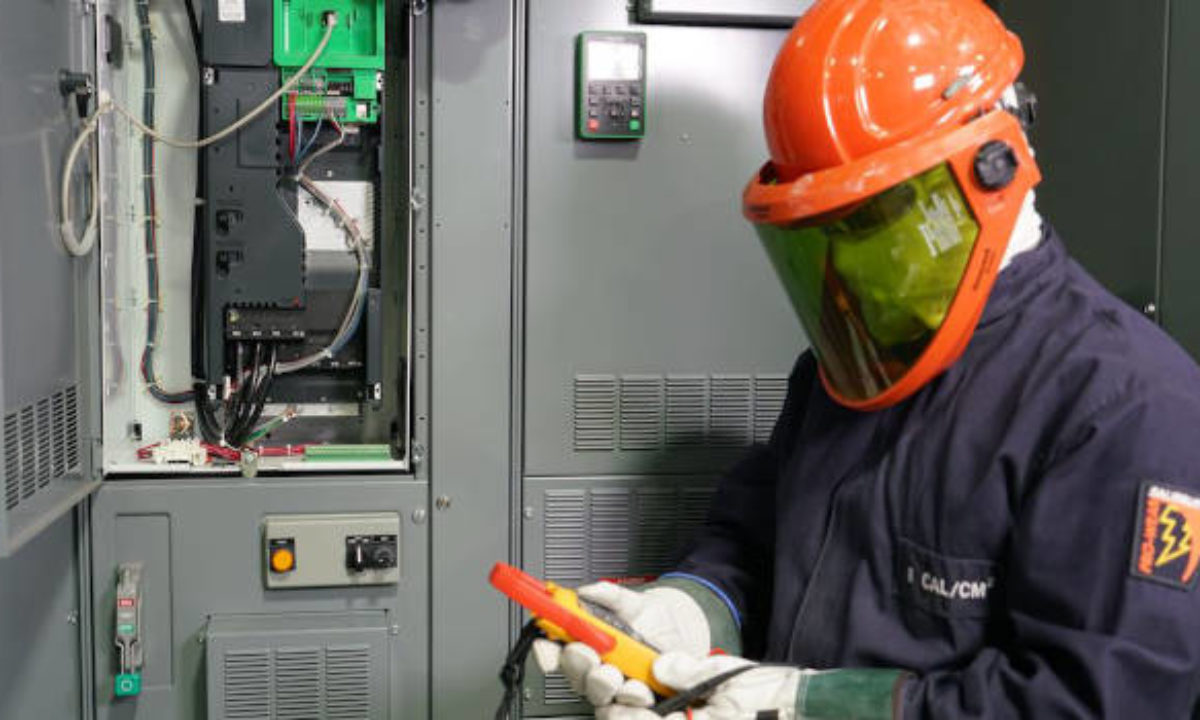Each year, thousands of workers are injured in electrical accidents. Electrical arcing, which occurs when an electrical charge jumps from one ungrounded conductor to another, is one of the main causes of injury-causing incidents. The resulting explosion, known as a flashover, reaches temperatures higher than the melting point of any known substance on the planet. Workers hurt by an arch flash suffer injuries such as severe internal and external burns, damage to their sight, respiratory damage, physical trauma, and hearing loss. Victims of arc flashes often incur medical expenses beyond $1,000,000 and sadly often fail to fully recover.
Besides the human toll, these incidents damage or destroy valuable equipment and cause delays and missed deadlines.
So, as the job site owner, how do you best protect workers and prevent costly downtime and repairs? The best way is to conduct an arc flash study of the work site. Also known as an arc flash analysis, this process is an analysis of the site’s electrical distribution to determine the energy that would be produced by the system’s equipment during a flashover.
Why Conduct an Arc Flash Study
The number one reason to conduct an arc flash analysis is for worker safety. Without this study, people working on an electrical system wouldn’t have a way to understand the hazards associated with what they’re doing. The analysis tells workers how much energy is passing through the system and the risk associated with their work.
In the US, conducting an arc flash analysis is required by OSHA. The agency requires all employers to maintain electrical safety for all employees and contractors, no matter the industry.
Finally, conducting a study will help uncover poor system coordination. Good coordination keeps electrical systems running efficiently and prevents faults from traveling upstream.
Collecting Data and Documentation
Every arc flash analysis starts by collecting data and documentation for the electrical system. This data includes the available short circuit current, equipment’s protective devices, how much space is available, and gap distances. Once the documentation has been reviewed, the site must be manually inspected to verify accuracy.
This step needs a significant quantity of documentation and, for larger or more complex systems, could require several manhours.
Creating and Analyzing System Model
After the system has been reviewed, the person conducting the study will create a single-line diagram. This model is a representation of your system that lays out where and how all the equipment interacts. Once the model has been created, the study will then analyze the system to identify potential fault currents and their magnitude.
Calculating Flashover Hazard
After the entire system has been analyzed, you can calculate the potential energy that would be released by an arc flash at a given point in the system. Understanding the potential hazards will allow workers to know the risks of working on the system and what PPE they should wear to mitigate those hazards.
Labeling Electrical Equipment
Finally, after the potential arc flash has been calculated, labeling the system is the last stage of the arc flash study . Proper electrical labeling includes shock hazard, risk level, PPE requirements, and boundary distance.
Once the study is complete and equipment has been labeled, you can properly inform your employees of all hazards and properly train them to work on the system. A full arc flash analysis might be a lengthy and complex process, but it’s the best way to protect your workers and ensure regulatory compliance.












